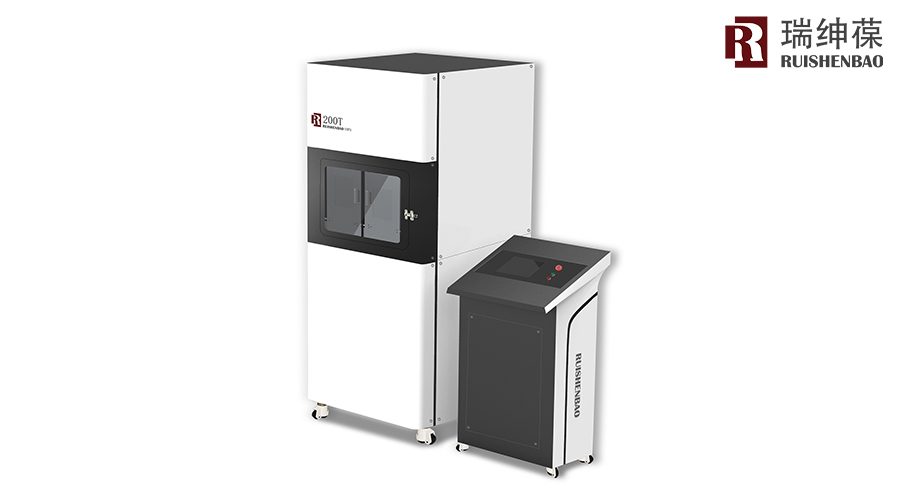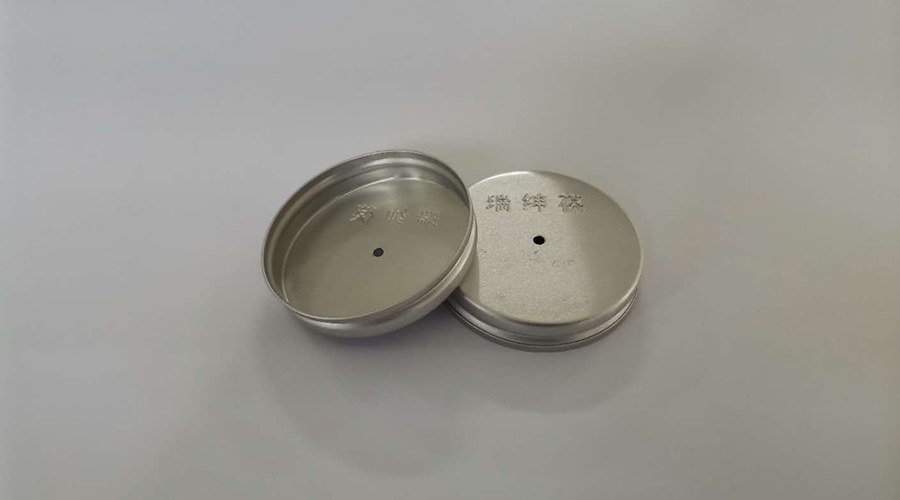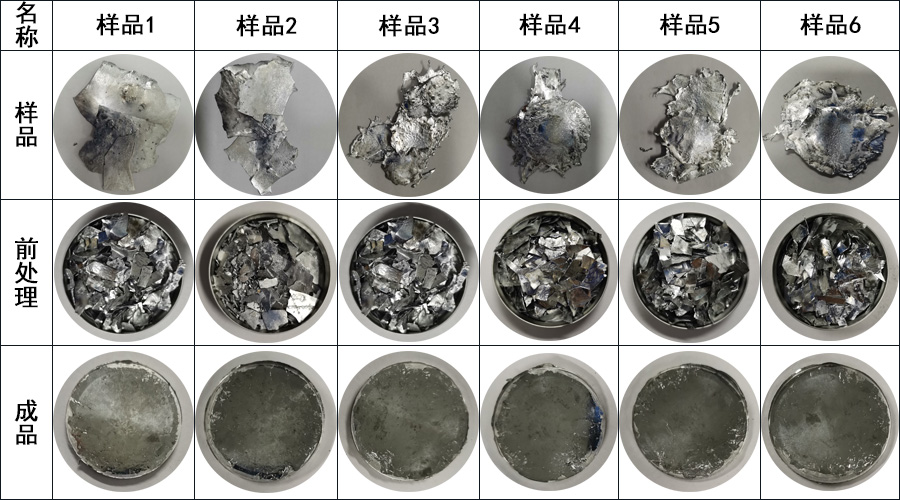- Home
- Products
Lab EquipmentMore ProductsAnalytical InstrumentMore ProductsConsumablesMore ProductsReagentMore ProductsCustomizedMore Products
- Industry Solutions
- Application Scheme
- Support & Services
- Customer Case
- About Us
- Contact Us

Zn-Al-Mg is a kind of alloy metal, mainly used for steel and steel products surface corrosion treatment, including a variety of zinc series of coatings and a large number of steel pieces dipped anticorrosion. The Zn-Al-Mg ternary alloy was first developed by the American Inland Steel Company, and the commercialization of Zn-Al-Mg coating started from the Japanese Nisshin Steel Company in the early 21st century, which was developed and mass produced in order to replace some stainless steel application scenarios. Although stainless steel corrosion resistance is good, but the cost is too high, And other galvanized series of steel plates in addition to the surface corrosion resistance is not as good as stainless steel, more important is for the section or coating damage protection ability is very poor. And Zn-Al-Mg coating has excellent red rust resistance ability and shear section of self-healing corrosion prevention (Zn-Al-Mg coating initial corrosion products will flow and cover the exposed substrate), at the same time, it also has far better than the Zn-Al-Mg coating steel welding performance. Zn-Al-Mg plating steel plate perfectly solves the defects of common plating steel plate which can not effectively protect the shear fracture, such as the damage of the plating point and so on. It can be said that it is one of the plating steel plates closest to the stainless steel in terms of comprehensive performance. In the past, the patent of Zn-Al-Mg coated steel plate was monopolized by foreign steel mills, which was not broken until 2014. The first production line was established in China. After gradual development, baosteel Tanggang and Jiusteel have their own production lines at present.

As a brand new product, Zn-Al-Mg don’t have relevant standards for testing, and China is gradually looking for appropriate analytical methods for testing. XRF and direct reading spectrometer, as commonly used instruments for metal content analysis, play an important role Due to the higher surface hardness of galvanized aluminum-magnesium products, the friction resistance of zinc aluminum-magnesium products is improved, but it also leads to the current traditional low-pressure press prototype (below 80T) can not make the sample shape well.
Entrusted by a large steel plant, Ruishenbao laminate Zn-Al-Mg foil-shaped materials and adopts ultra-high pressure system to solve the problem that traditional low-pressure press machine requires higher sample state and particle size.
2.1. The equipment
Ultra-high Pressure System-UHPS

2.2. Sample cup
Special aluminum cup;scissor

2.3. samples
The customer provides Zn-Al-Mg foil samples
Cut the sample into small pieces with a growth of less than 5mm, Lay the cut samples in the selected aluminum cup (the required amount of samples is just enough to fill the entire mold) Place the sample cup filled with samples gently into the groove of the sample table of the UHPS press machine to avoid the sample splashes(Please make sure the sample table is clean before putting the sample into it). After placing the sample, cover the tungsten carbide gasket and press the gasket into the sample slot with your finger to ensure that the upper surface of the tungsten carbide gasket cannot exceed the upper surface of the mold. At the same time, close the protection door and start the program. Set the parameters of the UHPS press machine as pressure 2000KN, pressure holding time 20S, exhaust time 6S. Click start to automatically start pressure holding. After the time of pressure holding, automatic pressure relief, automatic sample drawing, take off the mold cover, and take off the sample.

The UHPS Ultra-high Pressure System can not only to the traditional powder samples for processing, but also for some samples of other states, such as granular foil shape samples for processing in the form of wood shavings etc, because of the high pressure, make the samples after processing smooth surface density, can satisfy the user X fluorescence and direct reading spectrometry of sample preparation requirements.